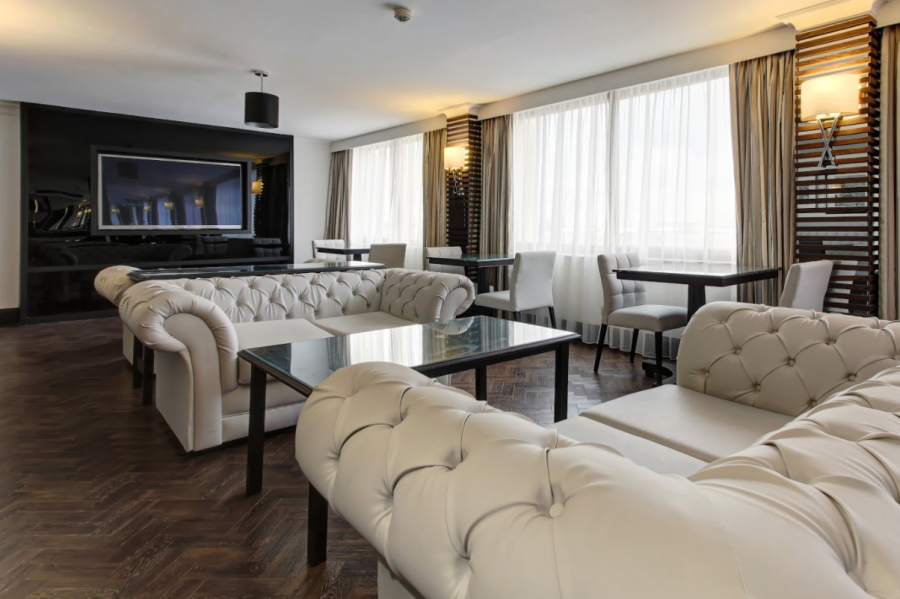

The layout for the airport was designed by Sir Frederick Gibberd, who designed the original terminals and central area buildings, including the original control tower and the multi-faith Chapel of St George's. The airport was opened on 25 March 1946 as London Airport and was renamed Heathrow Airport in 1966. It was stated to be for long-distance military aircraft bound for the Far East by the time the airfield was nearing completion, World War II had ended, and the UK Government continued to develop the airport as a civil airport. At that time the land consisted of farms, market gardens and orchards there was a "Heathrow Farm" approximately where the modern Terminal 2 is situated, a "Heathrow Hall" and a "Heathrow House." This hamlet was largely along a country lane (Heathrow Road), which ran roughly along the east and south edges of the present central terminals area.ĭevelopment of the whole Heathrow area as a much larger airport began in 1944 during World War II. Heathrow Airport originated in 1929 as a small airfield ( Great West Aerodrome) on land south-east of the hamlet of Heathrow from which the airport takes its name. The airport forms part of a travel to work area with Slough, the west part of Greater London, and the north part of Surrey.Īlong with Gatwick, Stansted, Luton, Southend and London City, Heathrow is one of six airports with scheduled services serving the London area.įor a chronicled history of Heathrow Airport, see History of Heathrow Airport. The airport is located within the Hayes and Harlington parliamentary constituency.Īs the airport is located west of London and as its runways run east–west, an airliner's landing approach is usually directly over the conurbation of London when the wind is from the west, as it is most of the time. To the south lie Feltham, Bedfont and Stanwell while to the west Heathrow is separated from Slough, Horton and Windsor in Berkshire by the M25 motorway. It is surrounded by the villages of Sipson, Harlington, Harmondsworth, and Longford to the north and the neighbourhoods of Cranford and Hatton to the east. Heathrow falls entirely within the boundaries of the London Borough of Hillingdon, and under the Twickenham postcode area, with the postcode TW6.

It is located 3 mi (4.8 km) west of the town of Hounslow, 3 miles south of Hayes, and 3 miles north-east of Staines-upon-Thames. Heathrow is 14 mi (23 km) west of central London. 4.1 Terminal usage during COVID-19 pandemicĪ Qantas Boeing 747-400 on approach to London Heathrow runway 27L.The airport is the primary hub for British Airways and the primary operating base for Virgin Atlantic. The airport, which lies 14 miles (23 km) west of Central London on a site that covers 12.27 square kilometres (4.74 sq mi), gradually expanded over the next seventy-five years, and now has two parallel east–west runways along with four operational passenger terminals, and one cargo terminal. Heathrow was founded as a small airfield in 1929, but was developed into a much larger airport after World War II. In 2021, it was the seventh-busiest airport in the world by international passenger traffic and eighth-busiest in Europe by total passenger traffic. The airport facility is owned and operated by Heathrow Airport Holdings.


With Gatwick, City, Luton, Stansted and Southend, it is the largest of the six international airports serving London. Heathrow Airport ( / ˌ h iː θ ˈ r oʊ, ˈ h iː θ r oʊ/), originally called London Airport until 1966 and now known as London Heathrow ( IATA: LHR, ICAO: EGLL), is a major international airport in London, England. Statistics from the CAA and Heathrow Airport Limited


 0 kommentar(er)
0 kommentar(er)
